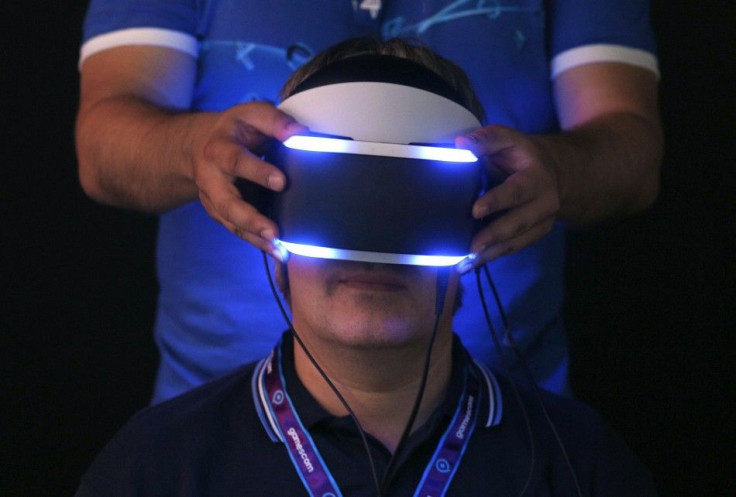Valve Boss Gabe Newell Claims HTC Vive Has Solved VR's Motion Sickness Issue

Virtual Reality seems to be the newest darling of the videogame industry. The trend was kicked off by the progenitor of PC gaming, John Carmack, with his pet VR gaming project Oculus Rift. After Facebook acquired the company, other industry bigwigs such as Sony (Morpheus) and Microsoft (HoloLens) weighed in with their own offerings in the virtual reality space. Valve is the latest entrant in this game with the Vive VR headset created in collaboration with HTC. According to Valve boss Gabe Newell, the Vive has cracked virtual reality's most significant problem of motion sickness.
Eye strain associated with having a screen in close proximity to the eyes and motion sickness is a major cause for concern with the nascent virtual reality technology. The problem experienced by virtually all VR prototypes currently under development is believed to be caused by the inaccuracy of the motion tracking system. The resulting inconsistency between the actual motion of the user's head and on screen movement leads to a large percentage of users becoming physically nauseous.
The New York Times points out that the issue is pressing enough for VR pioneer John Carmack to fear that a bad implementation of the technology could send the industry back to the '90s. This is clearly a reference to Sega's VR project on its Genesis console in '93. The VR prototype had to be scrapped because it was found to induce motion sickness induced vomiting, according to a BBC feature on the technology.
However, Gabe Newell has claimed that "zero percent of people get motion sick" when using the Vive VR headset. The Verge reports that the Vive's capability to ward off motion sickness is partly attributed to its unique Lighthouse motion-tracking system. The setup enhances head tracking by incorporating laser sensors for improved accuracy that's precise down to one-tenth of a degree.
In theory, this reduces the inconsistency between the real and virtual head movement. The better synergy between the how the head moves and what our eyes see drastically reduces motion sickness. If Newell's claims are to be believed, this completely eliminates the age-old problem of VR headset induced nausea.
Most remarkably, even as rival manufacturers struggle to enhance motion tracking precision to eliminate nausea, Valve has announced that it will be giving away the lighthouse motion tracking technology for free to all hardware manufacturers, according to Gamespot. This altruistic move could potentially fast track the proliferation of VR technology into the mainstream.
In case you have any feedback or wish tip us off, the author can be contacted at nachiketpg13@hotmail.com
HTC RE Vive (credit: HTC YouTube channel)






